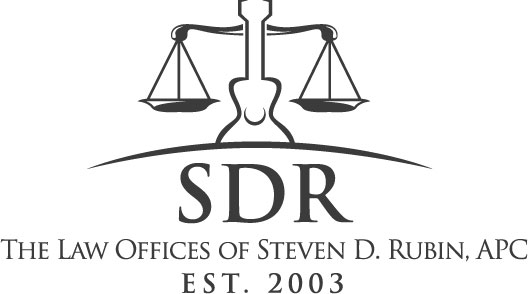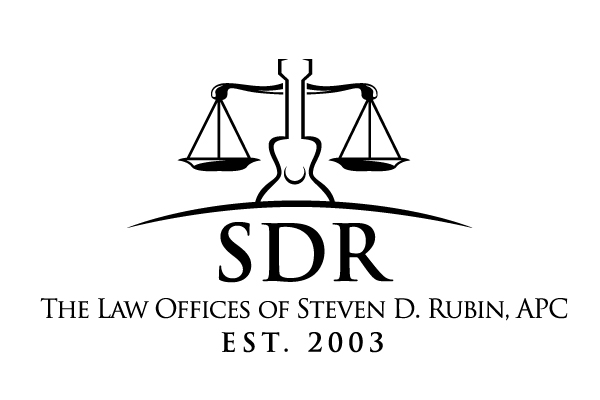
(Corporate Law) Choice of Business Entity: Management and Control
Sole Proprietorship
In a sole proprietorship, all management and control rests in the proprietor-owner. The owner has the final responsibility for the decisions in the business, although he or she may delegate authority to employees.
General Partnership
In a general partnership, all partners share equally in management and control, unless the partnership agreement contains contrary provisions. Ordinarily, the general partnership form offers partners a wide variety of choices in dividing management responsibilities and allocating ownership percentages.
In practice, centralization of management may be difficult because each general partner has the authority to bind the partnership when dealing with third parties. When partners disagree on matters arising in the ordinary course of business, a decision of the majority controls; however, certain decisions require the unanimous consent of all the partners, such as an act outside the ordinary course of business or an amendment to the partnership agreement. Each partner is an agent of the partnership and has the authority to bind the partnership in the ordinary course of business, unless the partner does not have the authority to act for the partnership and the other party has knowledge of that fact. Partners may reallocate this sharing of authority in the partnership agreement, by providing that a partner or selected partners manage partnership business or by restricting the authority of a particular partner or partners to act in certain ways.
While providing more flexibility of management than a sole proprietorship, effective management of a partnership requires either the ability of all partners to work together or the actual acquiescence of the non-managing partners to the decisions of the managing partner.
Limited Partnership
In a limited partnership, the general partners have the exclusive right to manage the business. As in a general partnership, management responsibilities may be divided in a variety of ways in the partnership agreement.
To maintain their limited liability protection, limited partners may not participate in the control of the business. Their participation is limited to specific acts relating to basic issues of the partnership, such as dissolution or merger. In contrast to the restricted role of limited partners, LLC members may manage the LLC without fear of losing their limited liability.
Limited Liability Company
A limited liability company may be managed by all of its members, or by one or more managers who may but need not be members. However, unless the articles of organization state than an LLC will be managed by one or more managers, the business of the LLC is managed by all of its members absent any restriction or limitation in the articles or operating agreement. If management is vested in the members, the members have the rights, duties, and obligations of managers.
LLC members, much like corporate directors, may manage an LLC without forfeiting their limited liability. In contrast, if a limited partner participates in management, that partner loses his or her protective shield. Management and control rest with the partners of a general partnership; however, the liability of the general partners is unlimited and not restricted to their investments.
Corporation
An advantage of incorporation is the centralized management that the form provides. Management and control in a corporation vary widely depending on the size of the corporation and the number of shareholders and their rights, as set forth in the incorporation documents. In general, in corporations with a large number of shareholders, ownership and management are separate. Shareholders delegate management and control by electing a board of directors; the board of directors then appoints officers to manage the day-to-day business and implement board policies. Shareholder participation in decision making is generally limited to approving or disapproving major transactions affecting the life of the corporation, including the merger or reorganization of the corporation, the conversion of a corporation into a domestic other business entity, the sale or other disposition of substantially all corporate assets, the dissolution of the corporation, the amendment of the articles of incorporation, and the removal of directors.
However, in a corporation with one or a few shareholders, such as a professional corporation, or in a close corporation, management and control does not differ greatly from that of a sole proprietorship or a general partnership because ownership and management is the same. In a close corporation, shareholders, by agreement, may forego management by a board of directors and directly participate in the management of the business in its ordinary course, in a manner resembling that of a general partnership.
Although in large corporations management is generally centralized and ownership separate, there are a variety of means of allocating control by using voting agreements, voting trusts, management contracts, or shareholder agreements.

